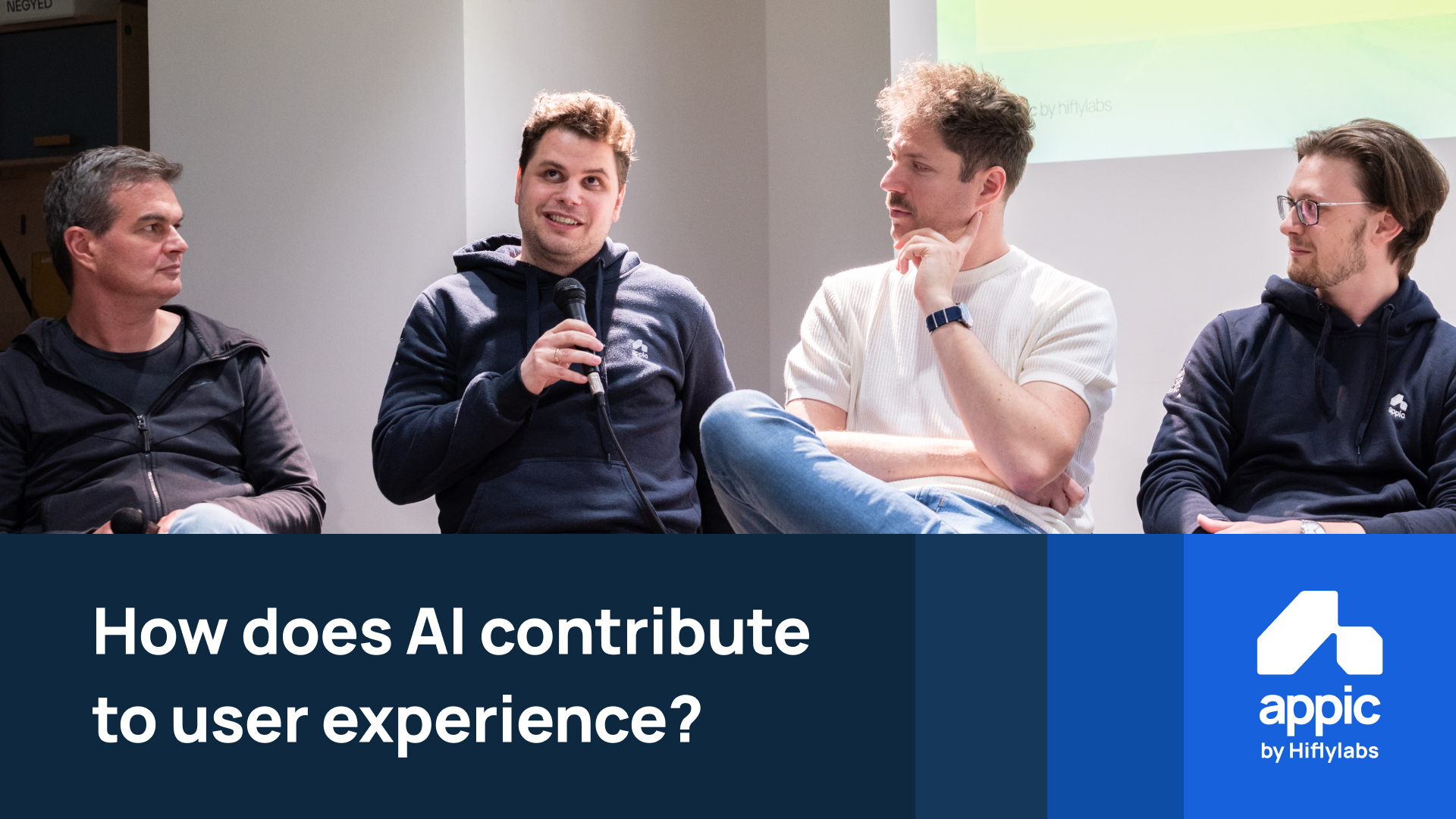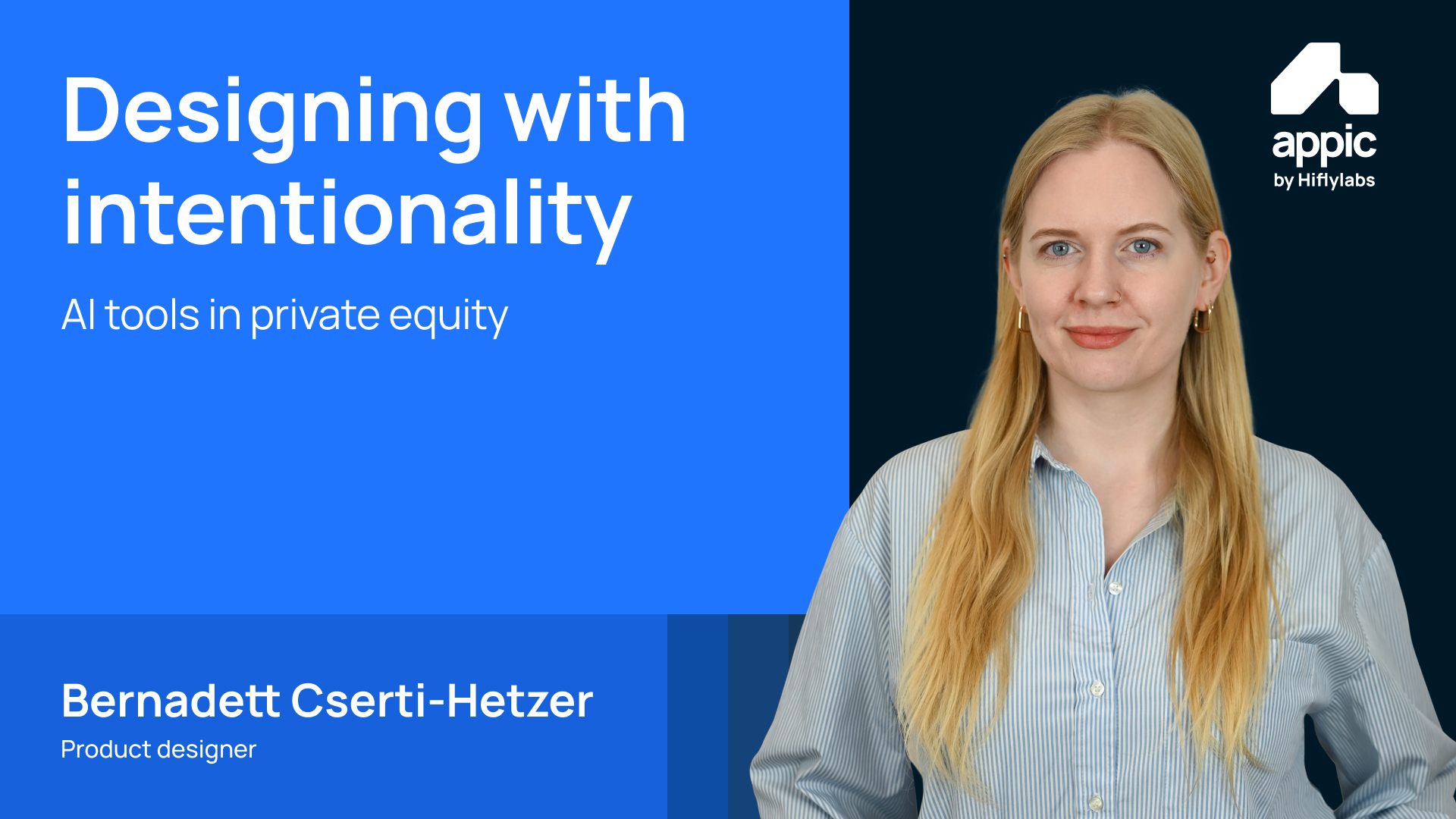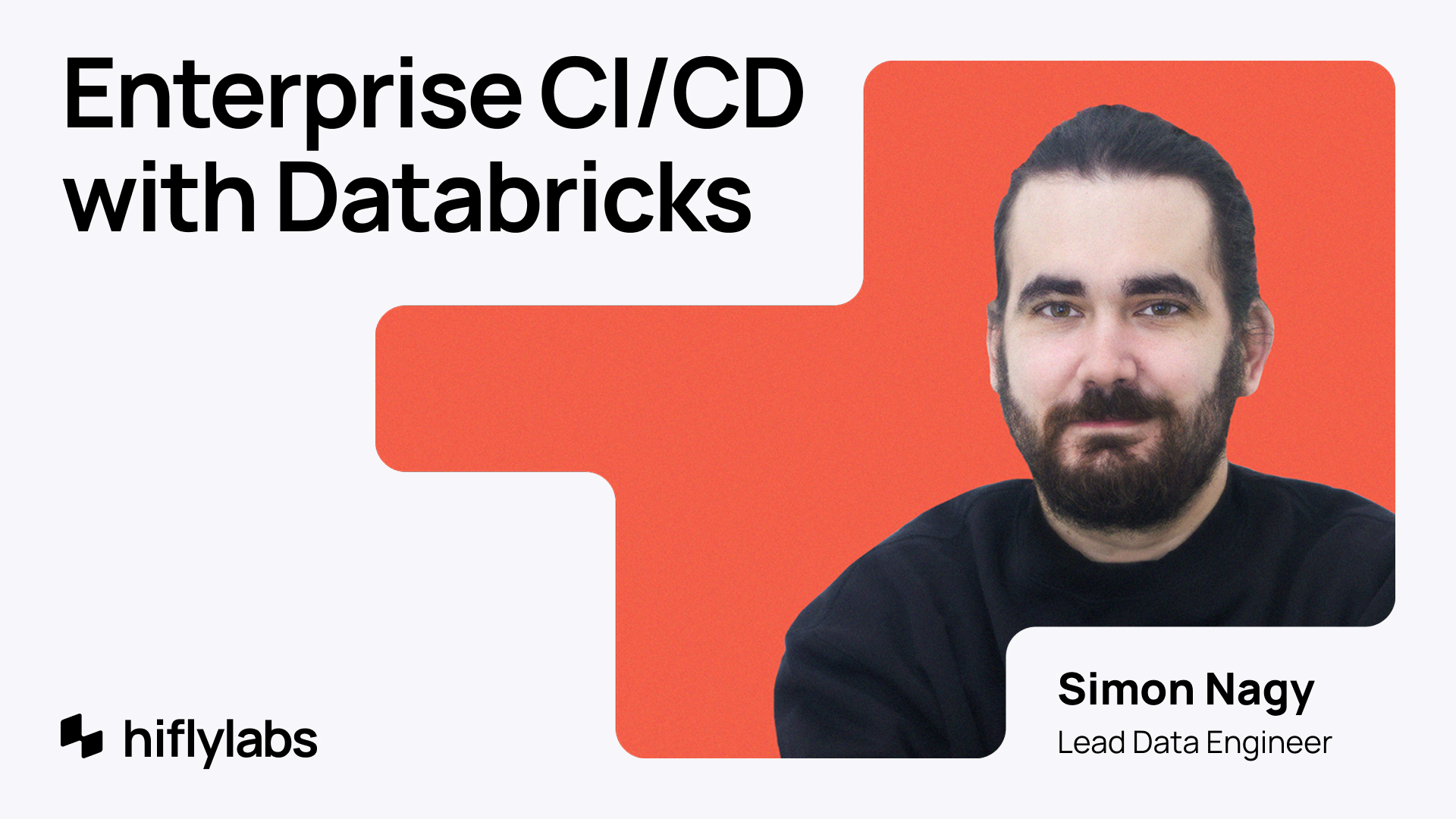While you can get away with a minimalistic user interface in some cases, AI integration in an enterprise environment requires you to communicate the finer details to build trust in the product.
From more guardrails by developers to the UX challenge of showcasing sources in a non-deterministic system, the industry is still finding its grip on the whole process. We looked into the nitty-gritty details at our recent meetup on UX in the age of AI agents—check out the recording below!

The recording is in Hungarian and starts with a short presentation on an example project based on our experiences. The roundtable discussion begins at [00:16:05]. The article is a short summary of the discussion.
The non-deterministic nature of GenAI requires a different approach in UX design in many aspects. From being able to reference sources your results are created from to using generative UIs in a wide array of cases, best practices are varied.
A major factor in this is bias, both from a strict data standpoint and culturally as well. On the one hand, we have to make sure that the data the models use is relevant and complete. After all, would would want to talk to a LinkedIn database about movies? As the age-old data scientist saying goes, garbage in, garbage out.
On the other hand, we have cultural bias. Our opinions and thoughts are a result of their culture and environment, but who’s to say what’s correct? Ethics of GenAI results can be scrutinized, but since humans created the source data, who is responsible in the end? It all depends on training data and the model’s context window, but on top of “just making better models”, UX has a responsibility in how users perceive the product.
Running out of the context window sucks—the model won’t be able to work with results outside of it, which may result in frustration on the user’s side. Take ChatGPT for example: due to its minimalistic approach to UX, nothing really tells you that you won’t be able to reliably ask it to snatch that email it helped you write two weeks and thousands of tokens ago. However, there is a fine line between no alerts and turning the screen into a dashboard of warning lights about limitations and errors, and it’s up to UX designers to walk it.
Fostering interaction helps with reducing hallucinations as well. Borrowing from traditional product design methodologies, early testing and gathering feedback can help you fine-tune system prompts for when your product hits the market. However, this approach of keeping humans in the loop remains true later, too. By designing points of interaction where users can cross-check partial results and potentially change direction, end results will be that much more accurate.
And speaking of product design workflows, a paradigm shift is happening. For now, these are tech-driven and independent of user needs, very much depending on what the current best models are capable of.
Take prototyping: in traditional workflows, a wireframe is a reliable mockup of the final product, allowing you to collect valuable user feedback regardless of the final product still being a WIP. When you’re designing an AI product, however, wireframing a model’s answers and user interactions is not possible without actually implementing the model.
For now, this is anyone’s guess, especially with generative UIs where every last interaction is non-deterministic. But just as we moved out of plain-text looks for web and arrived at well-functioning and visually pleasing web apps, AI will find new tools and mental patterns to work with.
But how much can be automated in the end, and where is the place of the human in this loop? For now, agents still require an initial setup, and in some cases, human approval. Where these points are varies based on your use case. Your daily briefing doesn’t need a regular OK, but you’re better off reviewing your AI-generated choices when it comes to your finances, just in case.
Models are already capable of generating output similar to a junior developer, for example, but it still takes a senior’s experience to review and approve them. This raises a question, though: who will be the seniors of the future?
While there is a level of uncertainty in this, there’s also a positive outlook. Studies show that those who actively use AI think of it as a co-worker to help them or bounce ideas off.





